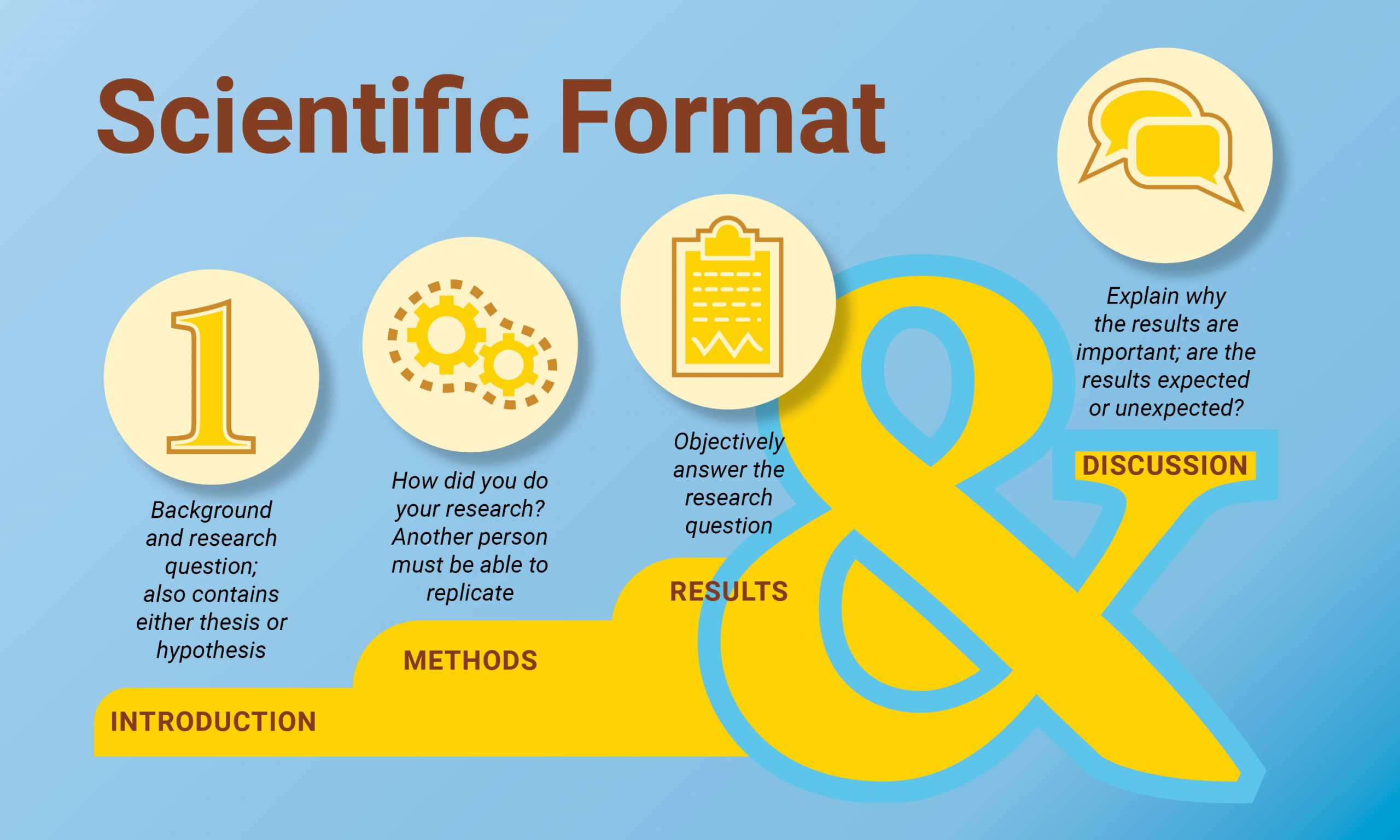1 Overview
What is writing in the sciences and how does it differ from other types of writing? The simplest answer is that it is writing done in the various branches of science such as astronomy, biology, chemistry, geology, oceanography, physics, health sciences, etc. More specifically within the sciences, scientific writing is contrasted with science writing. Scientific writing is writing that conveys information about one’s own research to other scientists. In contrast, science writing is writing about science for the general public or for popular media (Sheffield 2011). Regardless of whether you are writing for other scientists or the general public, there are a few key ways in which writing in the sciences differs from writing in the humanities or any other discipline. Writing in the sciences includes concision. Concision refers to eliminating unnecessary words without omitting important information. Writing in the sciences also means that you adhere to a methodology: a systematic and reproducible approach to conducting research. Finally it focuses on the sharing of research. This document is to help you learn a little about the rhetoric of science—what to expect when you are reading scientific articles and how to use these rhetorical strategies in your own writing.
The structure of a scientific article will usually be “some variation on the IMRAD form along with a references section. . .” (CSE 2014, 4). IMRAD stands for Introduction, Methodology, Research, and Discussion (of research). This is a very different structure of writing compared to that typically used outside of science and you may be unfamiliar with it. With a little practice, however, you will soon be able to confidently use this structure. “This so-called ‘IMRAD’ structure is not an arbitrary publication format but rather a direct reflection of the process of scientific discovery. Long articles may need subheadings within some sections (especially Results and Discussion) to clarify their content” (Intl. Committee of Medical Journal Editors 2010). In order to help you understand this important format the majority of the following chapters are spent introducing you to this structure.

In addition to the overview of the scientific structure, you will be introduced to the literature review. Whether a stand-alone document or as part of a larger document the literature review is an important genre in the sciences.
Throughout this chapter we have used a published scientific paper for examples of the ideas you are learning. The language of the paper may seem difficult but pay attention to the concepts pointed out in each example so that you can learn to recognize and eventually learn how to use these concepts in your own writing.
There is also a section on references. This is not meant to be a comprehensive guide to the correct way to cite your sources in the sciences, but rather a brief overview since what you learned previously may not be the way it is done in the sciences.
Finally this document is meant to be an introduction only. Your instructor’s or a publisher’s requirements always supersede what is written in this textbook.
Writing tip: The headings, heading numbers, and other formatting used in this document follow the recommended style for a scientific paper based on Scientific Style and Format: The CSE Manual for Authors, Editors, and Publishers created by the Council of Science Editors (8th edition), referred to as CSE in this chapter.

